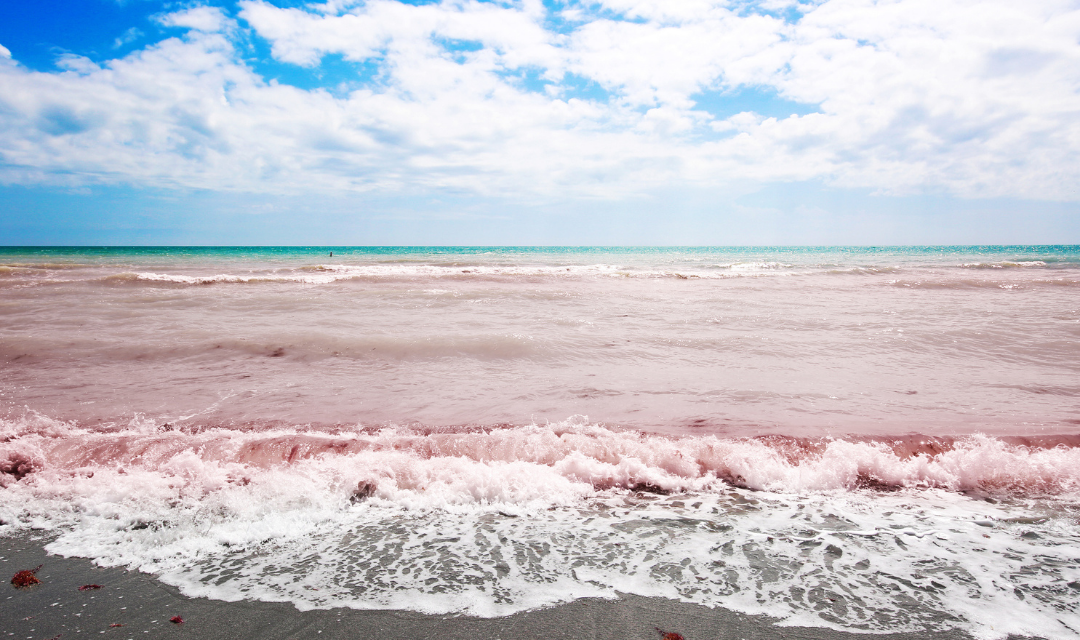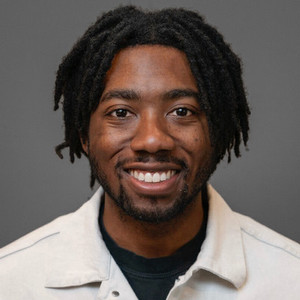Using entrepreneurship to mitigate harmful algal blooms
Giordana Verrengia
Jul 23, 2025

Growing up in Orlando, Florida, TJ Thomas remembers the disruption that harmful algal blooms (HAB) caused every summer as locals avoided waterways and public parks due to the unpleasant smell, red sludge, and often harmful toxins produced by algae overgrowths.
HABs — sometimes known as red tides — are detrimental to the health of humans, aquatic life, and ecosystems while also affecting the economy in coastal communities where they are likely to occur.
“There’s a big network of interconnected economic effects,” said Thomas, a Ph.D. student at Carnegie Mellon University who studies mechanical engineering. “The presence of HABs can change the value of homes in affected areas. Local businesses like fisheries suffer a big loss when they can’t sell fish. Communal spaces like parks and waterfront restaurants are no longer as enjoyable to visit.”
Thanks to warming temperatures and increasing fertilizer runoff — when nutrients like nitrogen and phosphorus are swept into waterways — HABs are growing in frequency and severity, and current removal techniques like clay flocculation can take months to years to be effective.

TJ Thomas
Thomas is using support from the Scott Institute for Energy Innovation’s new entrepreneurship award to develop a semi-automated solution that integrates robotics with proven mechanical removal techniques to create a more efficient system.
The specifics of the robotics system are a work in progress but Thomas will prioritize hardware components that are hydrophobic and environmentally friendly and design software that allows for a robot’s easy remote control so humans can reduce exposure to harmful toxins during HAB removal.
“What I’m figuring out is, would the ideal method be to remove the algae, or to treat it? Do we just sink it, or do we clean it up?” said Thomas. “I imagine it will involve a swarm of two to five robots moving around the affected waterway, either removing the algae or treating it.”
Besides experimenting with hardware and software components, Thomas will spend time in Florida over the next year laying the groundwork for creating a community-oriented solution by interfacing with landowners, scientists, and policymakers, establishing a holistic understanding of HABs to complement his technical prowess. The best solution might be technical, or it could be societal, and Thomas is open to either based on community feedback.
“I’m also exploring the potential to gather environmental sensing data — information about water quality, pH levels, and turbidity, factors that local governments can use to assess water health,” said Thomas. “If robots can collect that data when they’re in those affected waterways, it could put useful information in the hands of researchers and local government officials.”
